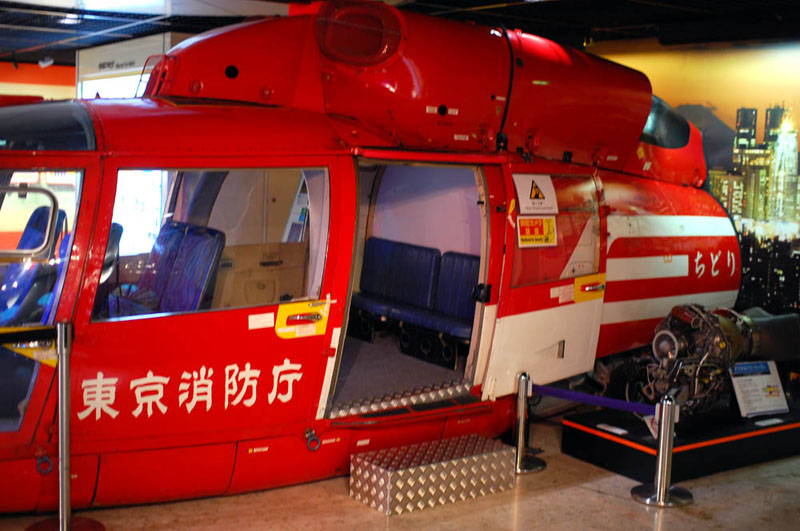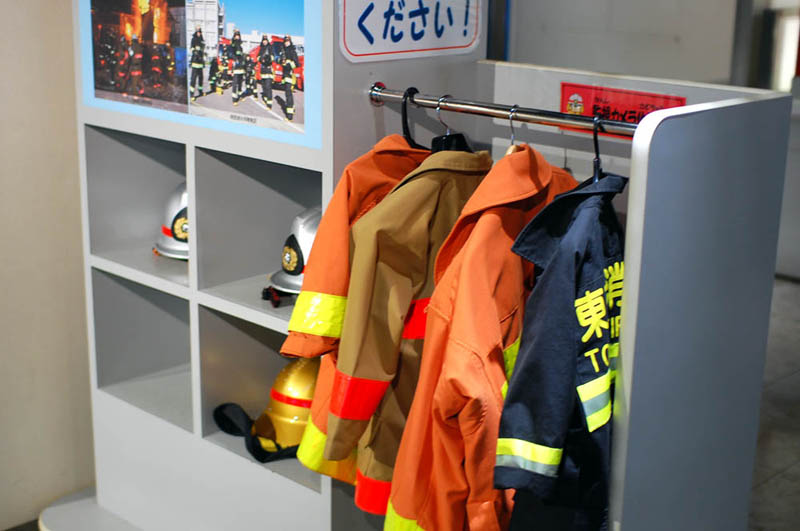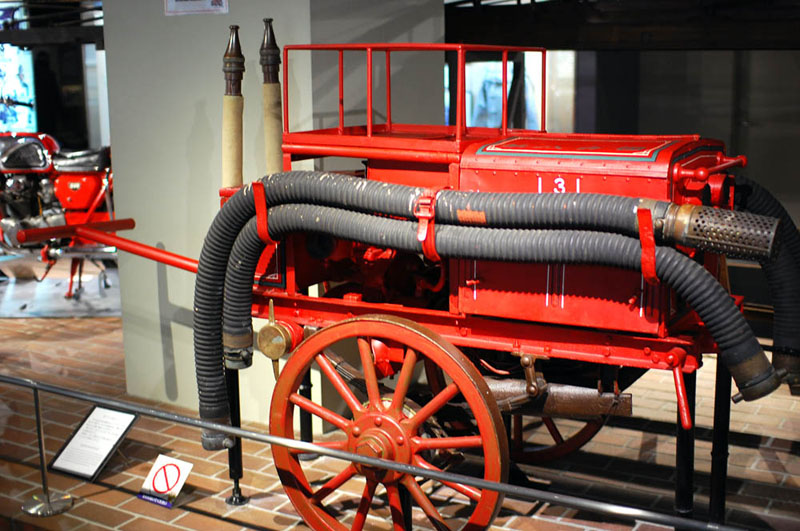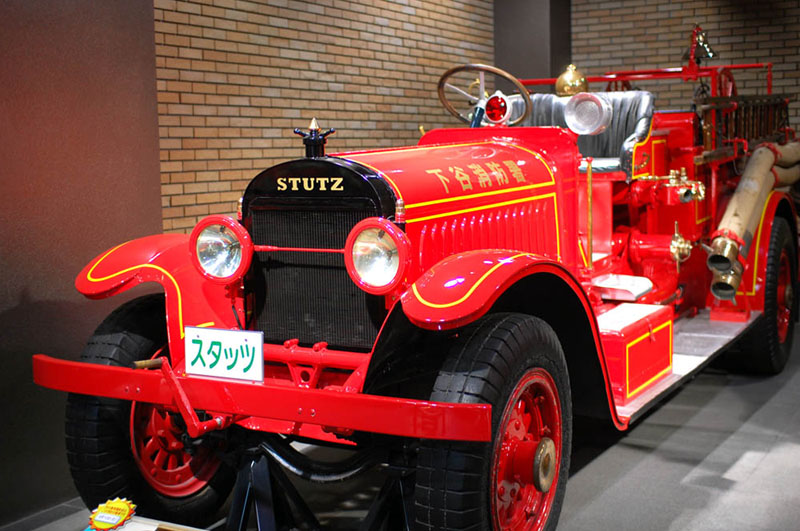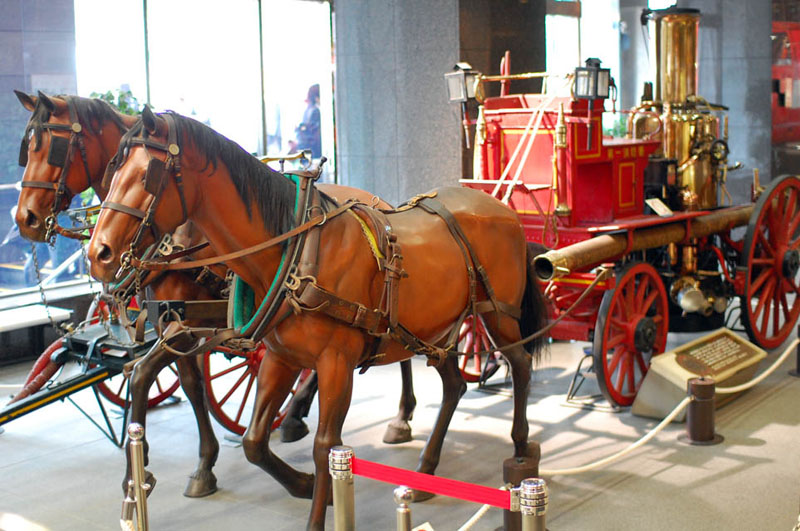
Earthquakes. Landslides. Typhoons. Faulty wiring. Japan has its share of danger. But fear not: the fire department is here to help. To learn exactly how they help, visit Tokyo's Fire Museum, where the history of Fire and Rescue in Japan - from bamboo ladders to high-tech rescue robots - can be seen at no charge. The six floors of exhibits are well put together (more English explanations would be nice, though) and you don't have to be a child or a fire department historian to find them interesting.
The sixth floor is used for special exhibits and is probably the best place to start, so you can work your way down. When we visited, photos of Mother Nature's wrath (see above) were on display. The sixth floor also has a children's room, with firefighter-related games, puzzles and animated films on a projection screen.
The fifth floor is dedicated to the hikeshi firefighting squads of the 17th and 18th centuries. Large dioramas show scenes of destruction, while a video presentation using traditional bunraku puppets relays the story of the men who risked their lives. Also on display are old uniforms (check out the Edo-era fire helmet) and rustic tools that were used for centuries to battle blazes.
The fourth floor concentrates on mechanical advancements made after the mid-1800's. Lobster-red motorcycles and early-model pressurized pumps are displayed in excellent condition, while woodblock prints, old photographs and film footage adorn the walls.
The scenery changes abruptly when you reach the third floor, where today's technology is the focus. Displays are cartoonish and interactive, and the white, rounded edges of the interior design say "the future is now." Mannequins sport the latest in rescue-wear - from high-tech scuba gear to radiation suits - and video game consoles line one wall.
Pass the horse-drawn fire carriage for the steps to B1 and you'll find what most people come to see: those giant, crimson-colored trucks. The six on display span the twentieth century, while a helicopter hangs precariously from the ceiling.
I recommend ending the visit on the tenth-floor observation deck. It offers a decent view of the area, and the drink machines and tables make it a good spot for lunch. All this lifesaving can make you hungry.
